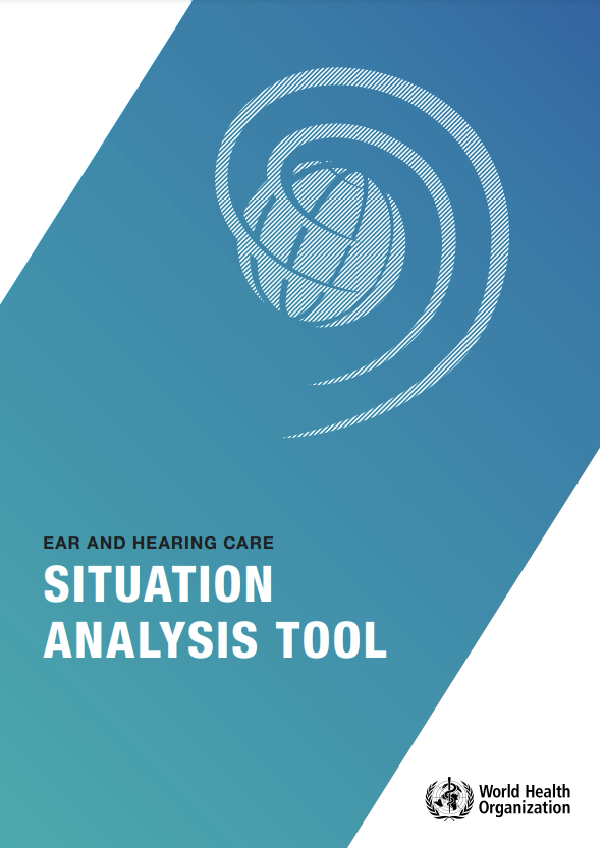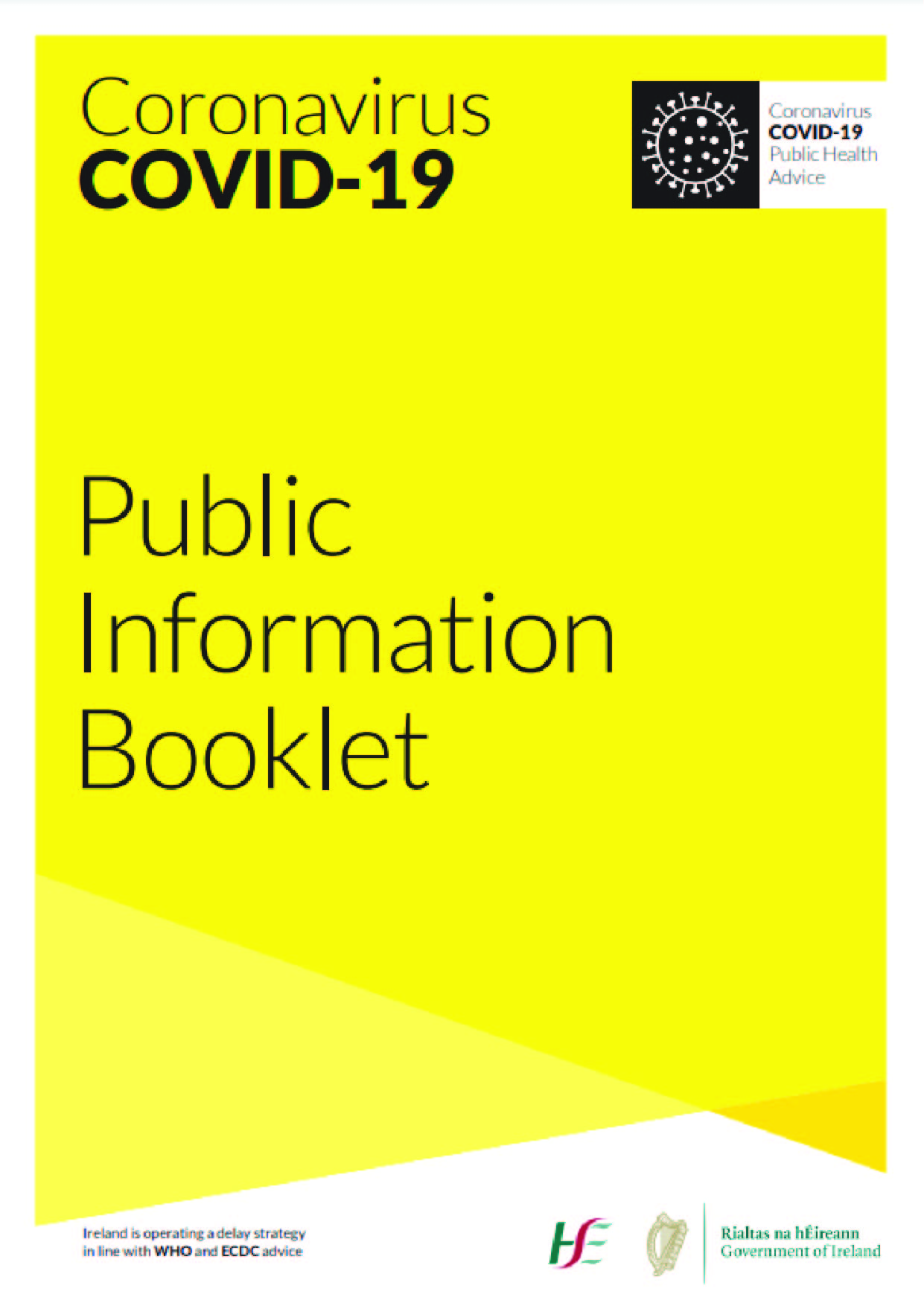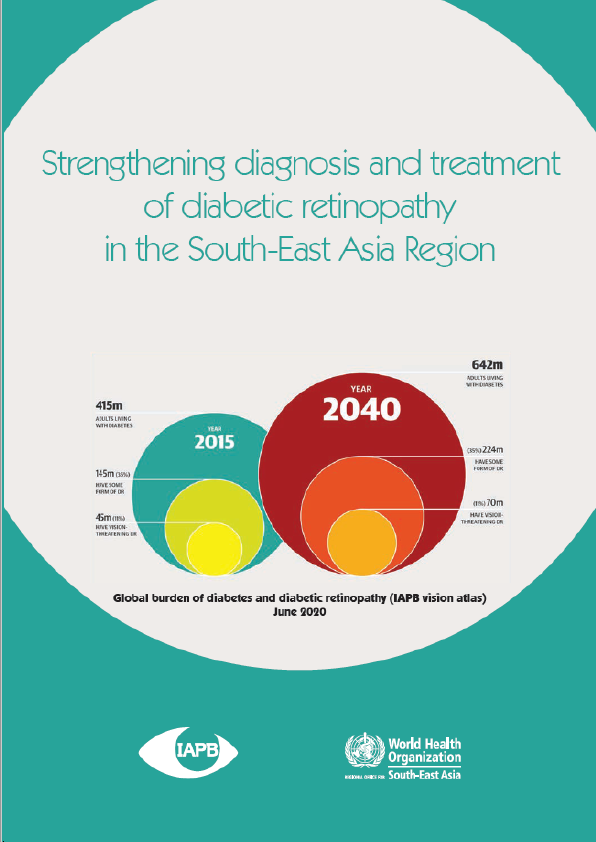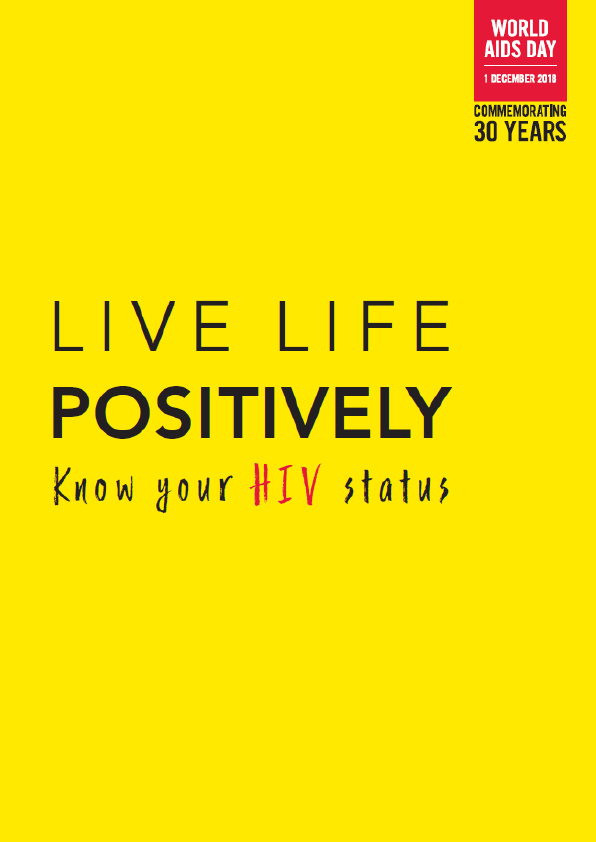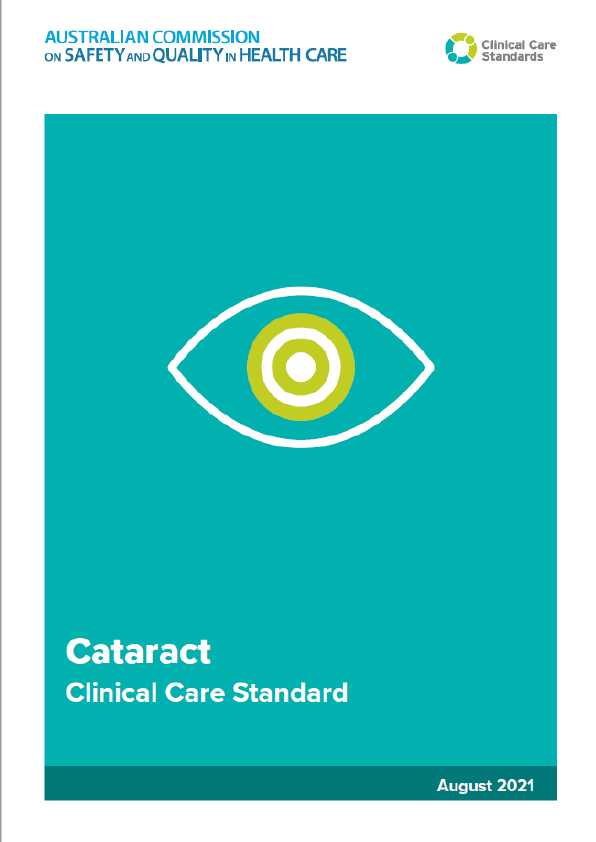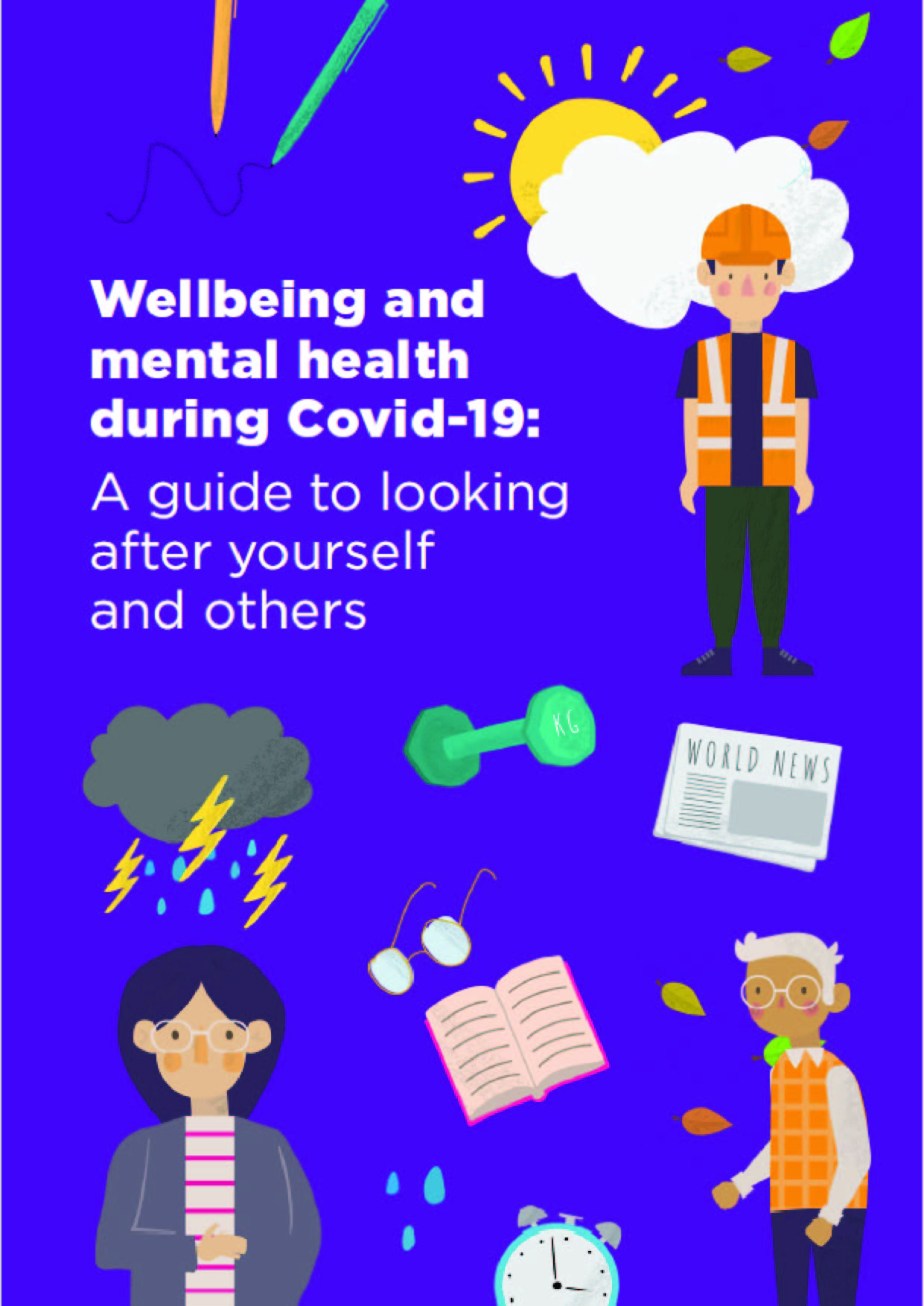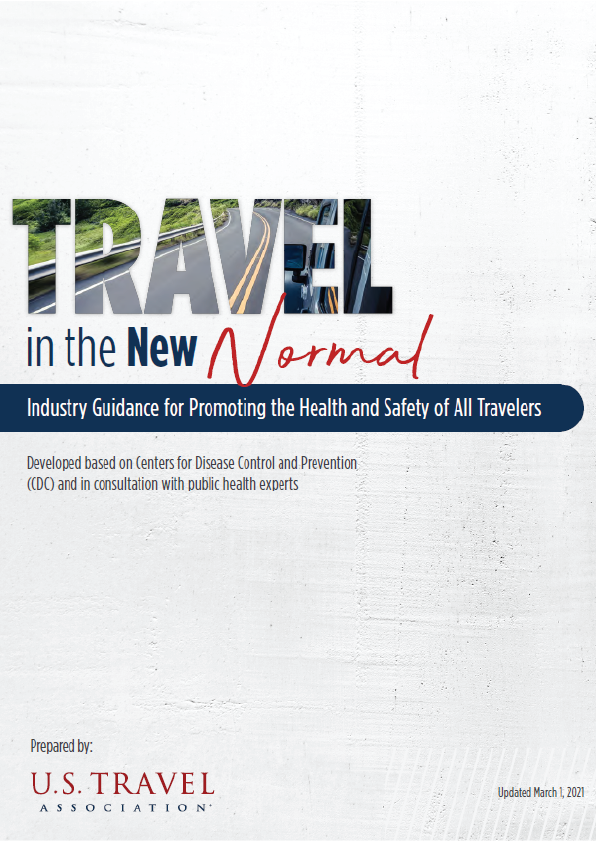Millions of people in the world live with disabling hearing loss that could have been prevented or effectively managed through effective ear and hearing care. Many conditions that lead to hearing loss can be prevented, for example, otitis media, exposure to excessive noise, trauma, exposure to ototoxic substances, and infections such as meningitis, measles, mumps, and rubella. Many people with hearing loss can be supported through early identification and appropriate interventions.
Ear and hearing care refer to comprehensive, evidence-based interventions to prevent, identify and treat ear diseases and hearing loss, and to rehabilitate and support persons with hearing loss. In order to provide such services, countries must have a strategic plan that takes into account the demographic profile, requirements, and resources.
The first step in the development of such a strategy is an assessment of the situation in the country regarding ear and hearing care. This step is crucial to an understanding of the epidemiology of hearing loss and the status of the systems supporting ear and hearing care, including the available human resources, infrastructure, and services. It allows needs to be assessed and the gap between the current situation and the ideal one to be defined. An understanding of the existing health system and of the programs that can potentially intersect with hearing care will provide important background for the development of a strategy. Stakeholder analysis is a key component of setting up a collaborative and cohesive work plan.
The situation analysis tool facilitates this first step of planning for ear and hearing care. It is intended to help attain the following objectives:
- to assess the available direct and indirect policies, services, and human resources related to ear and hearing care;
- to describe the framework and functioning of the health care system in the country, in the context of ear and hearing care;
- to assess the need for ear and hearing care services;
- to identify opportunities for promoting and sustaining integrated ear and hearing care along the continuum of care, at all levels of the health system.
The situation analysis tool is primarily intended for use at national and sub-national levels by ear and hearing care planners, ear and hearing care health professionals, and policy-makers, as well as by the international and domestic stakeholders working with them. The tool supports the compilation of information that can be used for advocacy, the development of a new strategy, or updating existing strategic plans for ear and hearing care. It facilitates the review of ear and hearing care services, to highlight the gaps and needs for service provision. The results can inform evidence-based decision-making, ensuring efficient use of available resources.
The information from the situation analysis should be used to plan an ear and hearing care strategy. A separate manual published by WHO3 provides guidance on this process.
